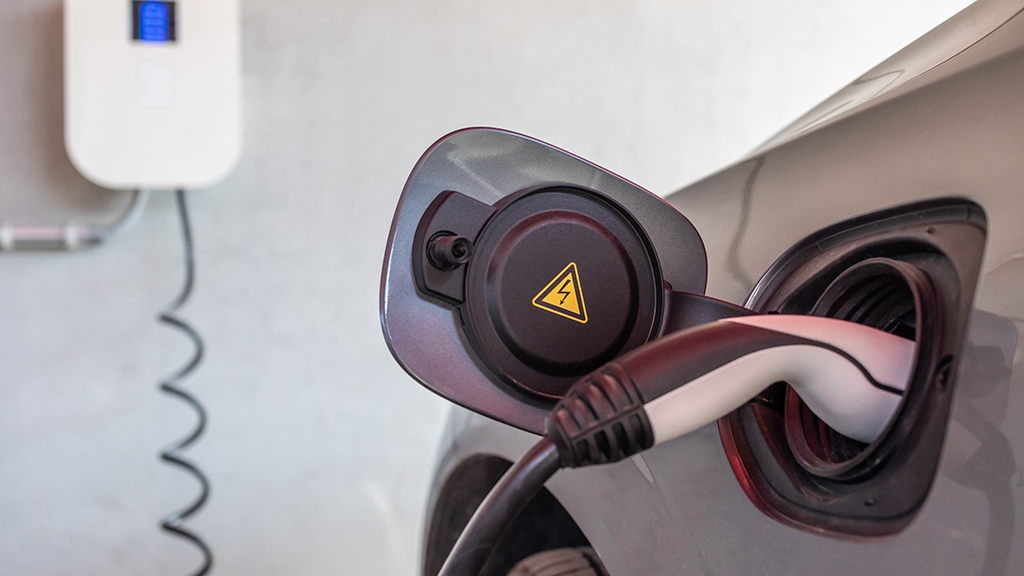As electric vehicles (EVs) continue to grow in popularity across Texas, more homeowners are discovering the convenience of charging at home. Whether you’ve just purchased an EV or are planning for one in the near future, installing a dedicated charging station can make daily life easier, safer, and more energy-efficient.
At A Team Home Services, we specialize in EV charger installations across Austin and surrounding areas—including tailored solutions for Teslas, plug-in hybrids, and commercial fleets. Here’s everything you need to know about installing the right EV charger for your home.
Why Install a Home EV Charger?
While it’s technically possible to charge an EV using a standard 120V outlet, it’s not practical for daily use. A Level 1 charger can take over 24 hours to fully charge a battery—fine in an emergency, but not for a daily commute.
Installing a dedicated home EV charger offers:
- Faster charging speeds (up to 9x faster than a standard outlet)
- Convenient overnight charging at home
- Lower energy costs compared to public fast-charging stations
- Eligibility for utility rebates and federal tax credits
- Increased home value and resale appeal for eco-conscious buyers
Types of EV Chargers for Residential Use
There are three main types of chargers:
Level 1 (120V)
- Uses a regular household outlet
- Adds ~3–5 miles of range per hour
- Best for plug-in hybrids or backup use
Level 2 (240V)
- Requires a dedicated 240V circuit
- Adds ~25–40 miles of range per hour
- Ideal for daily charging needs in single or multi-EV households
Level 3 / DC Fast Charging
- Not typically used in residential settings
- High-voltage equipment designed for commercial and highway use
For most homeowners, a Level 2 wall-mounted charger is the best combination of speed, safety, and convenience.
Common Mistakes We See—and Fix
Not all EV charger installations are created equal. We frequently correct mistakes made by rushed or underqualified installers. Two of the most common issues are:
1. Undersized Wiring
EV chargers are considered continuous loads, which means per National Electric Code (NEC), wiring must be rated for 125% of the continuous amperage. Some electricians overlook this, installing wire and breakers that are technically sufficient but unsafe over time.
Example: A 40-amp EV charger must be paired with wire and a breaker rated for at least 50 amps. Undersizing leads to:
- Overheating conductors
- Breakers tripping during peak charging
- Reduced lifespan of the system
2. Overloaded Panels
Installing a Level 2 charger without checking your panel’s load capacity can lead to:
- Main breaker tripping, especially if the home also uses electric water heaters, ovens, or HVAC systems
- Premature panel wear or even damage
- Safety code violations during resale or inspections
At A Team, we always perform a panel load calculation, and if needed, we offer service upgrades or load management solutions to ensure your home can handle the added demand.
The Installation Process
Here’s what to expect when working with A Team Home Services:
Consultation and Load Assessment
We evaluate your panel size, available circuits, and anticipated usage to recommend the best setup.
Charger Selection Support
Need help choosing a charger? We guide you through options like the JuiceBox 40, ChargePoint Home Flex, or Tesla Wall Connector based on your needs.
Permit and Installation
We handle permitting (where required), install a dedicated 240V line, mount the charger, and verify grounding and surge protection.
Testing and Walkthrough
We test the charger with your vehicle, explain how to monitor usage, and clean up before we leave.
Follow-Up Support
We’re here for future service, upgrades, or questions about smart charging, apps, and scheduling.
Smart Features, Rebates, and Bi-Directional Charging
Modern EV chargers offer a range of advanced features:
- Wi-Fi connectivity and mobile app control
- Load scheduling to take advantage of off-peak rates
- Energy usage monitoring
Some models even support bi-directional charging (V2H or V2G), letting you use your EV battery to power your home during outages or push power back into the grid.
We also help customers navigate rebate programs from local utilities including:
- Austin Energy
- Bluebonnet Electric Cooperative
- Pedernales Electric Cooperative (PEC)
- Oncor Electric
These rebates can significantly reduce the upfront cost of installation.
Repair & Troubleshooting Services
Already have a charger but it’s not working as expected? We offer fast, professional EV charger repair services, covering:
- Broken plugs or wiring
- Charger not powering on
- Software or Wi-Fi issues
- Tripping breakers or overheating cords
We service Emporia, Tesla, Juicebox, ChargePoint, Wallbox, Siemens, and most other residential brands.
Why Choose A Team Home Services?
- Licensed electricians with EV-specific training
- Detailed site assessments and panel load calculations
- Text-based virtual consultations available
- Honest pricing with no surprise fees
- 5-star rated service from customers across Austin, Round Rock, and Hutto
We don’t just install and leave—we support your system for the long haul.
Start Charging at Home the Right Way
Whether you’re a first-time EV owner or upgrading your setup, A Team Home Services is here to make the process simple, safe, and efficient. We take care of everything—from planning to installation to post-install support—so you can enjoy a faster, more reliable charge every time you plug in.
Ready to install your home EV charger? Contact us today to get started.

